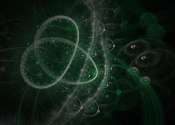Quantum vortex formation in the lab
Quantized vortices can be generated in classical experiments of liquid helium and ultracold dilute gases to conduct fundamental and comparative studies of different superfluids. In a new report published in Science Advances, ...









